About five years ago there was a Friday Footnote about a unique “secret” society for agricultural teachers known as the Yellow Dogs. In this Footnote we explore some unique (but not secret) FFA chapters and clubs. Our guest editor for this Friday Footnote is Dr. James Connors from the University of Idaho. Take it away Jim.
Since its inception in 1928, FFA membership has been centered around the local FFA chapter and its activities. Currently there are 8,995 local FFA chapters across the country. While most are stand-alone chapters in one school or school district others may be unique. Some career and technical centers may have one chapter for students attending the school in the morning and a second chapter for students attending in the afternoon. Here in Idaho, we have one chapter across five different high schools in the largest school district in the state. Large schools may elect a Jr. officer team or a Greenhand officer team in addition to the regular officers for their chapter. This Friday Footnote will look at some unique FFA chapters from the history of the organization.
International Chapter
An article in the October-November 1972 issue of The National Future Farmer magazine indicated that Earl Wineinger had joined the national FFA staff. In the last paragraph of the article it is stated that Earl was a member of the International FFA Chapter. So what was the International FFA Chapter?
 Figure 1. From The National Future Farmer, October-November, 1972.
Figure 1. From The National Future Farmer, October-November, 1972.
For years the national FFA organization organized international agriculture experiences for FFA members through the Work Experience Abroad (WEA) program. FFA members from around the country spent time on farms or agricultural operations in a wide variety of countries around the world.
At the 1970 National FFA Convention 36 former WEA participants met to form the International FFA Chapter. The following members were elected as chapter officers for the 1970-71 year:
- Robert Junginger – President (WEA 1969)
- Stan Bucher – 1st Vice President (WEA 1970)
- Alfred Trujillo – 2nd Vice President (WEA 1970)
- Lennie Gamage – Secretary-Treasurer (National FFA Staff)
The chapter was open to former participants in the WEA, state association exchanges, study tours, or special international programs. Dues were set at $2.00. The chapter even published a Chapter News newsletter. Members also received a publication from the National FFA titled The Future Farmer Globe which reported on future farmers organizations in other countries.
The establishment of the International Chapter was discussed at the National FFA Board of Directors meeting in January 1971. The minutes read that, “It was moved by George Allen (Dr. Gaar), seconded by Dan Dooley (Mr. Moore) and carried to approve the activities of the international students.”
At the same meeting, the Board of Directors approved the publication of The Globe for future farmers around the world. However, the correct title for this publication is unclear. The board minutes refer to it as The Globe while the article about the International Chapter in The Future Farmer magazine refers to the publication as The Future Farmer Globe.
Capitol Hill Chapter
In the same National Future Farmer magazine item that announced the International Chapter there is a reference to the Capitol Hill Chapter in Washington, DC. It stated that the International Chapter was organized much like the Capitol Hill chapter. Nothing could be found on this unique chapter on Capitol Hill. Its membership may have included current and former FFA members who were working for Congress or other branches of the federal government in Washington, DC.
Rifle Clubs
Many chapters currently participate in shooting sports activities or trap shooting competitions. Some states even sanction state shooting events. In the 1960s, the Clare FFA chapter in Clare, Michigan, established a Future Farmers Marksmen Junior Rifle Club. Each fall the club would elect officers from the membership of the Clare FFA chapter. The club was approved by the Clare Board of Education.
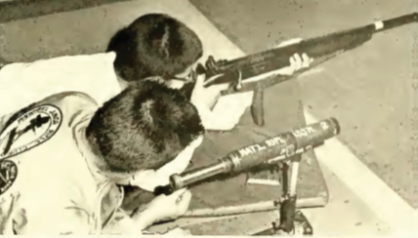
Figure 2. Clare FFA members using rifle range.
An indoor shooting range was built under the high school auditorium. Members cleared out the area by moving hundreds of yards of dirt. The farm shop class poured cement and laid blocks to create the shooting range. The members even built a target carrier to move and retrieve targets. The chapter worked with the National Rifle Association, opened the range to adults in the community, and offered gun safety classes to students in the community and surrounding area.
Other FFA Rifle Clubs were mentioned in various newspaper articles. These include:
- Mount Baker, Washington 1962
- Granbury, Texas 1980
- Knox County, Texas 1952
- Durham, California 1944
- Washington, Wisconsin 1950
- Coudersport, Pennsylvania 1972
- Jackson Township, Indiana 1947
- Escalon, California 1954
- Neosho, Missouri 1955
- Fife, Washington 1955
- Rising City, Nebraska 1955
- Suffield, Connecticut 1968
FFA Gavel Club
FFA has always emphasized leadership development of all FFA members. In the 1960s some chapters added a separate Gavel Club to better prepare future agricultural leaders. During National FFA Week in 1964 the Olney FFA chapter in Olney, Texas organized the nation’s first FFA Gavel Club.
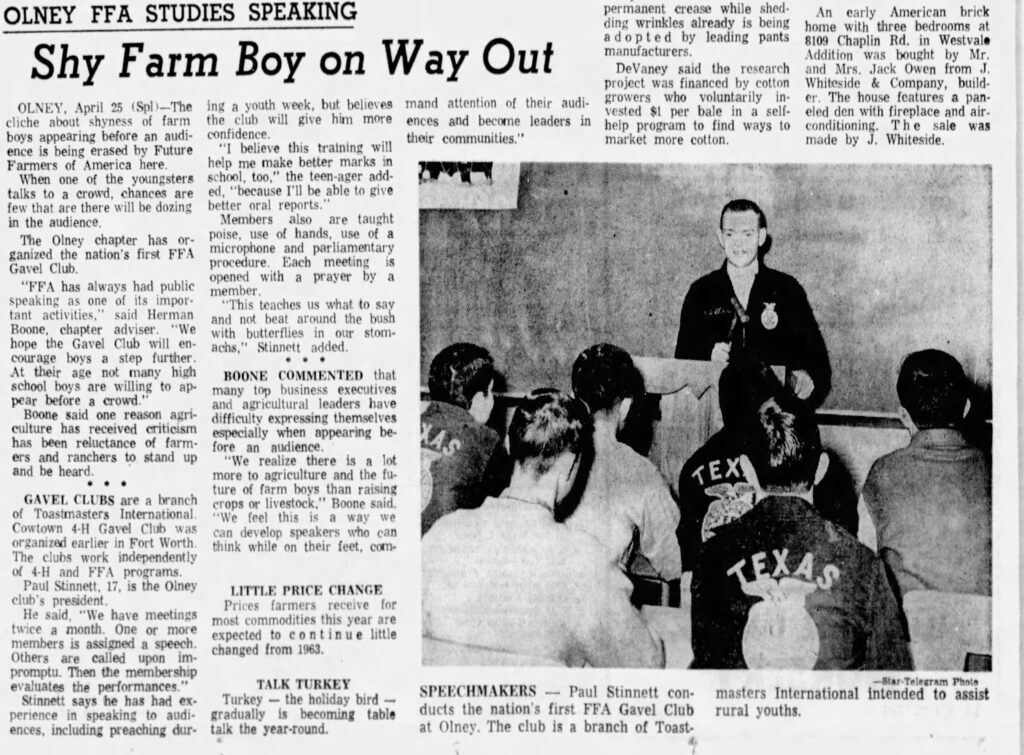
Figure 3. From the Fort Worth Star-Telegram, April 26, 1964
The Gavel Club is a youth program organized by Toastmaster’s International. Toastmasters Gavel Clubs enable participants to learn to:
- Overcome nervousness when speaking before an audience.
- Organize and present ideas logically and convincingly.
- Listen carefully to other’s ideas.
- Offer advice to help others improve their speaking and leadership skills.
Back in 1964, the Olney FFA Gavel Club helped its members to:
- Receive training in all phases of speech, such as reading poetry with emphasis
- Telling a humorous joke with effect
- Giving an invocation
- Giving prepared talks
- Evaluating others speaking
- Giving an extemporaneous speech
The Gavel Club included different phases and a 12-step process including using an ice breaker and giving a beginning speech.
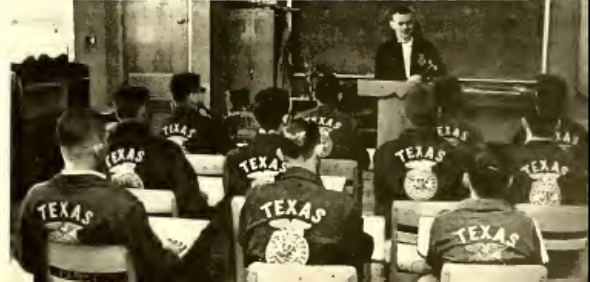
Figure 4. Olney FFA members in a Gavel Club meeting.
The Board of Trustees goes on record as looking with disfavor on a national “gold key” organization. FFA Board of Directors Minutes Oct 12, 1938. No details were provided.
Other FFA Clubs
There have been a variety of other FFA sponsored clubs over time. The Farmville (VA) Herald (April 21, 1953) reported that Ralph Hines, John Ferguson, and Tubby Ferguson of the Worsham High School had “achieved outstanding accomplishments in the FFA Tractor Club of Prince Edward County.”
According to the Ithaca (NY) Journal newspaper (March 21, 1961) FFA members attending the Odessa-Montour FFA annual banquet will be given an opportunity to join the “FFA Tractor Safety Club.”
The Olympian (WA) newspaper (April 11, 1975) reported the “Olympia FFA Forestry club” members would be distributing young fir trees in observance of Arbor Day.
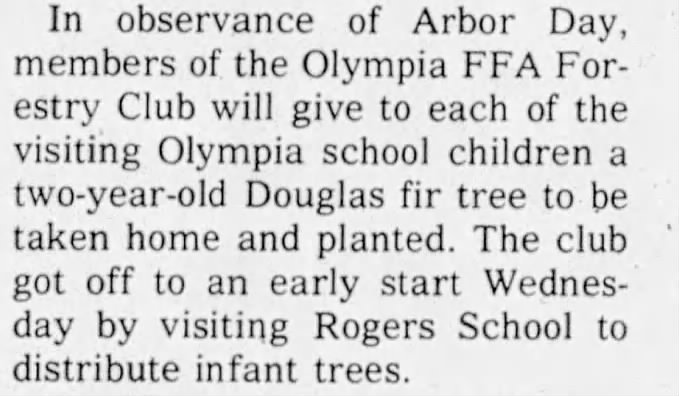
Figure 5. From The Olympian (WA). April 11, 1975
The Marshall (TX) New Messenger regularly publishes photos from the past. The photo published on May 23, 2018 shows the “FFA and Forestry Club” engaged in forestry activities from July 13, 1952.
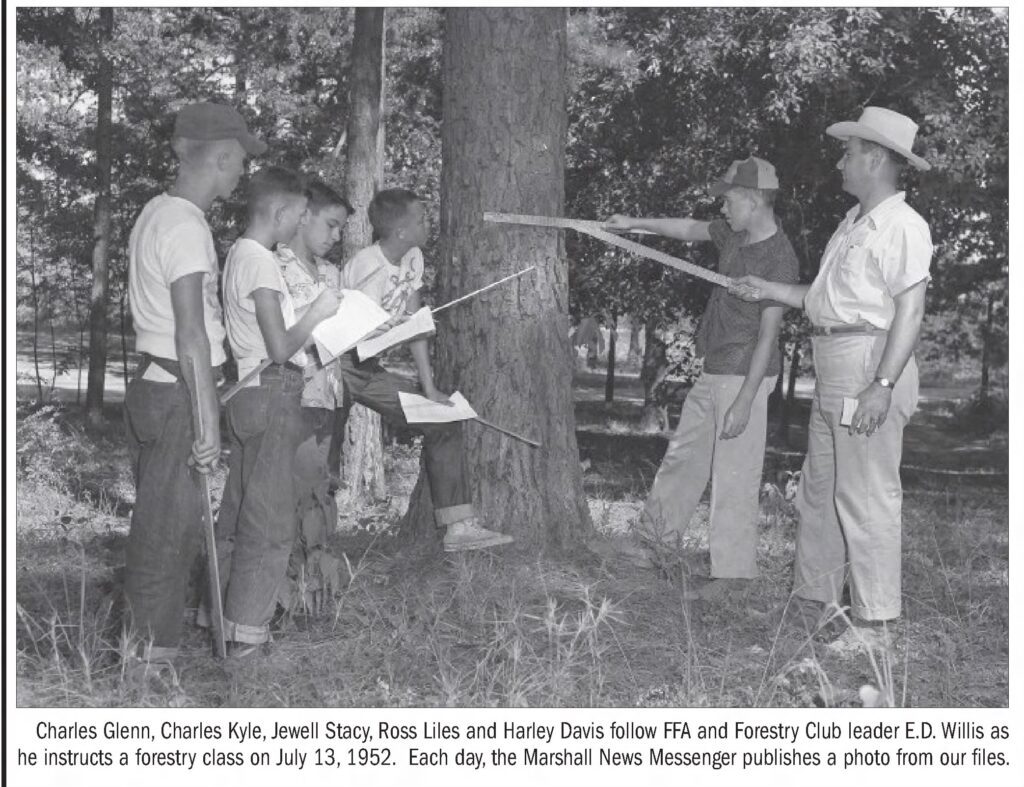
Figure 6. From the Marshall (TX) New Messenger. May 23, 2018
These are just a few examples of the unique FFA chapters and clubs that have existed throughout the history of the FFA. I’m sure the readers may be aware of other examples of how FFA adopted different programs to continually meet the needs of its members. I wonder how many other unique FFA clubs there have been.
Teaching Activities
- Visit your school or community library or local historical society to review old school yearbooks. Identify any unique agriculture or FFA related clubs.
- Invite a representative from Toastmaster’s International to your FFA chapter to discuss youth programs and Gavel Clubs.
- Survey FFA members to identify any interest they may have for a sub-chapter or FFA related club to study and practice a unique skill or leadership activity.
References
FFA McDonalds Deck the Farm for 1975 Run (1975, April 11). The Olympian, 21.
FFA Rifle Clubs (1964, October-November). The National Future Farmer, 13(1), 37.
Future Farmers of America (1971). Minutes joint meeting of the national boards of directors and national officers of the Future Farmers of America. https://archives.iupui.edu/handle/2450/9929
History from our Files. (2018, May 23). The Marshall News Messenger. 2A.
International Chapter (1971, April-May). The National Future Farmer, 19(4), 36.
Kansan Joins National FFA (1972, October-November). The National Future Farmer, 21(1), 41.
Mt. Pleasant News (1953, April 21). The Farmville Herald, 5.
Schuyler County (1961, March 21). The Ithaca Journal, 12.
Shy Farm Boy on Way Out (1964, April 26), Fort Worth Star-Telegram, 76.
Wilson, G. (1964-1965, December-January). FFA gavel club. The National Future Farmer, 13(2), 45.
Toastmasters Youth Program (n.d.). Gavel Club. https://tmyouth.wordpress.com/programs/gavel-club/
